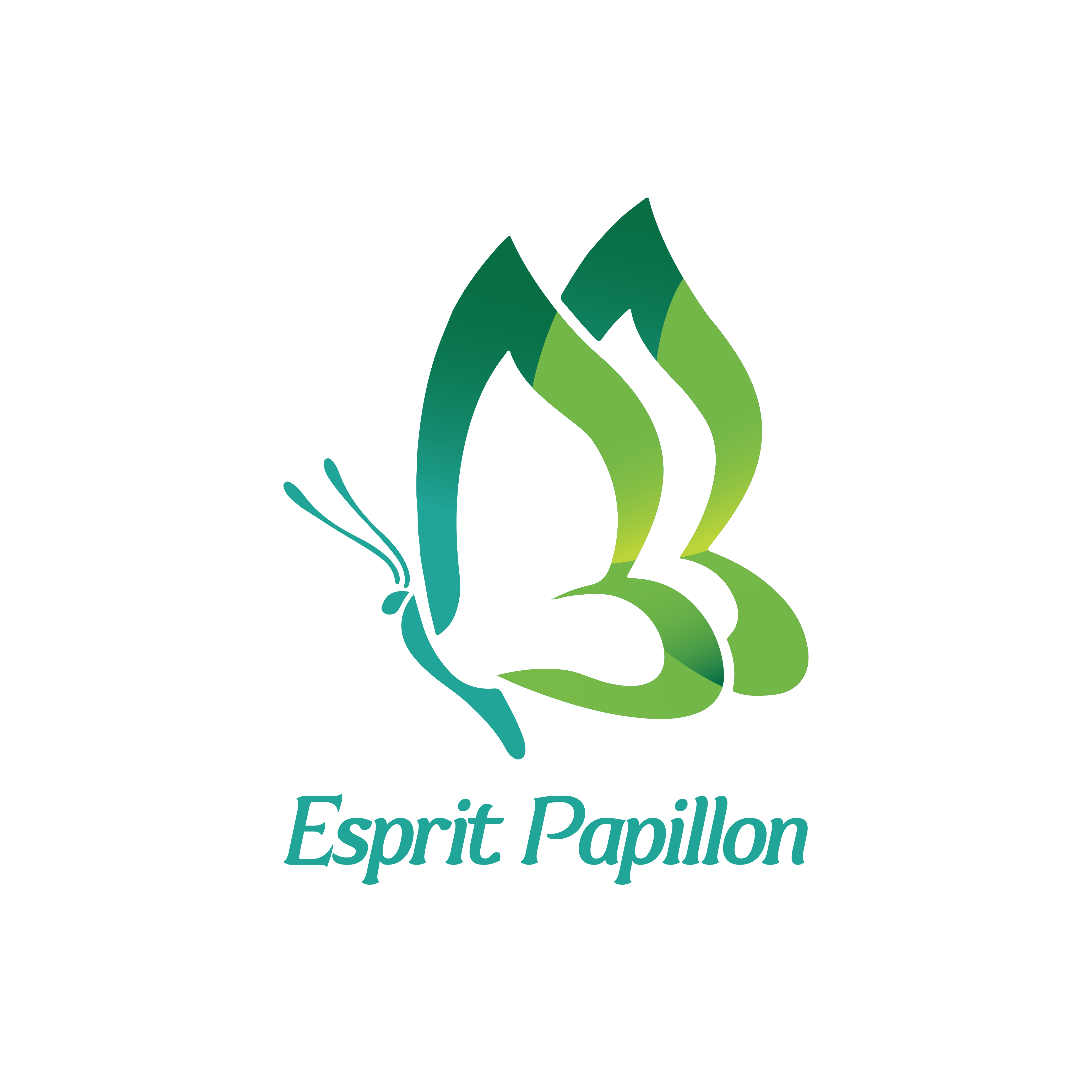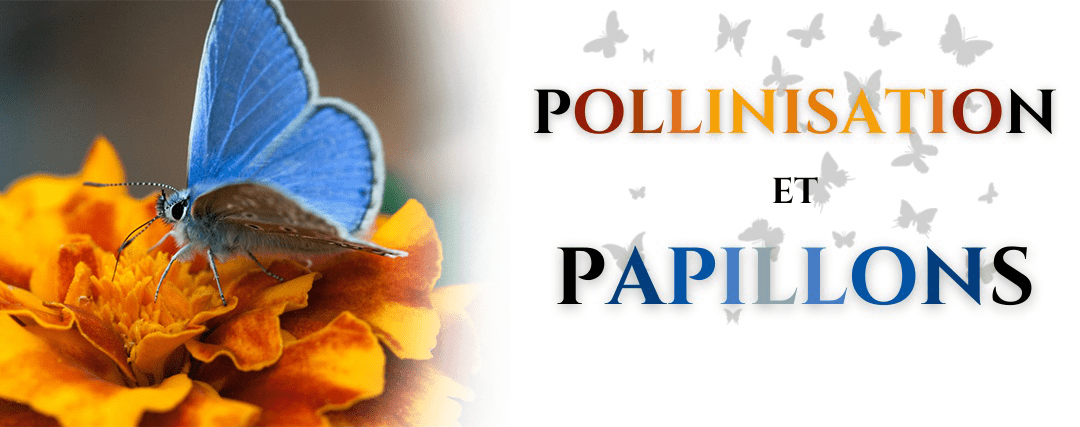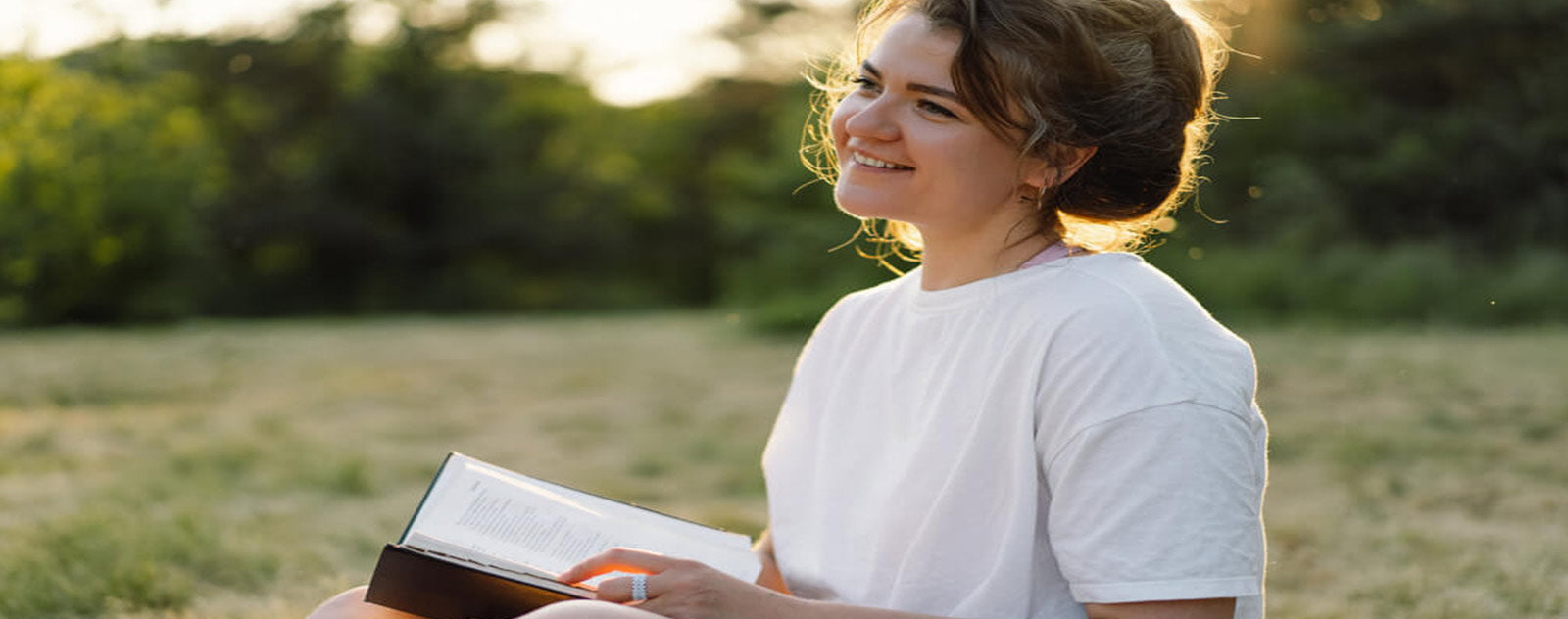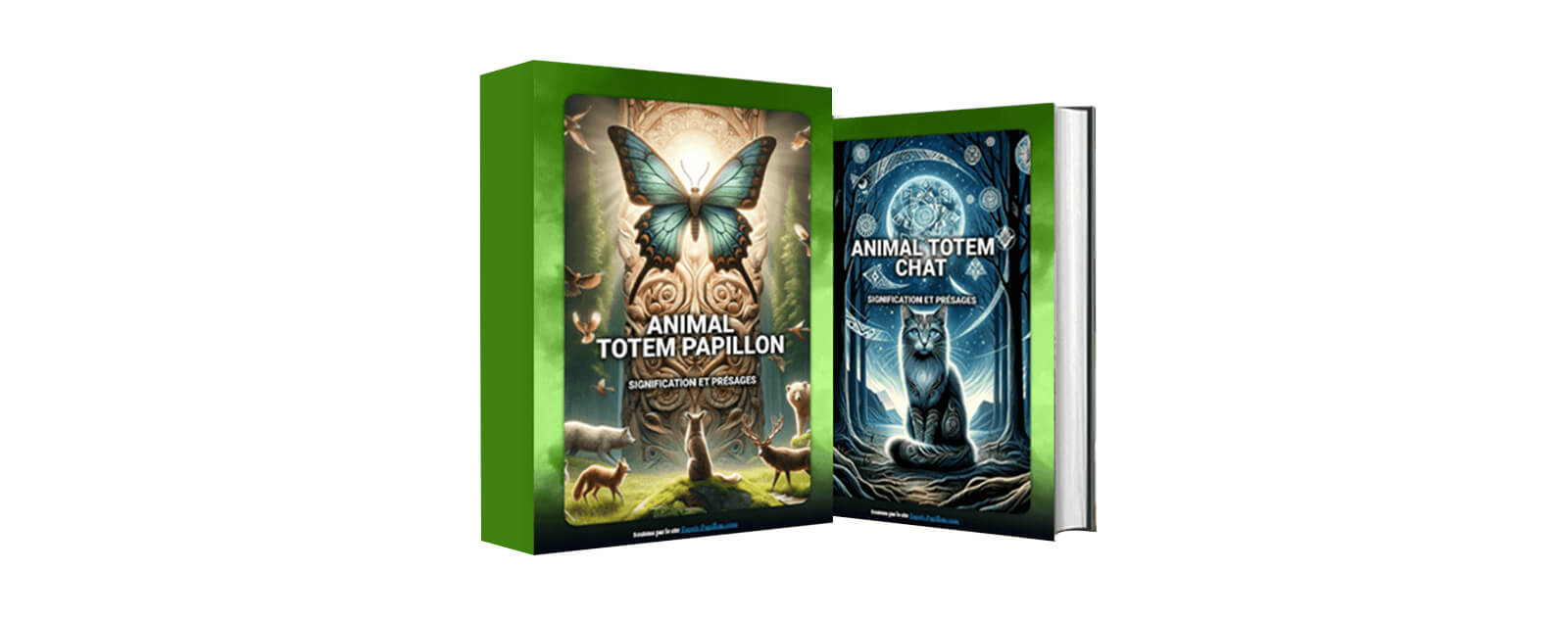What is pollination?
All living organisms have one major goal in common, which is to pass on their genetic information to the next generation by creating offspring. Flowering plants create seeds, which carry genetic information from the parents and develop into a new plant. For seeds to be created, a process called pollination must occur.
Pollination involves transferring pollen grains from an anther, the male part of a flower, to a female part of the flower, called the stigma. For pollination to be successful, the transferred pollen grains must come from a flower of the same species.
Once the pollen grains land on the stigma, they create a pollen tube through the length of the style or stalk connecting the stigma and ovary. Once the pollen tube is complete, the pollen grain will send sperm from the grain to the ovary. When the sperm reach the ovary and eggs, fertilization occurs, resulting in the formation of the seed. The seed will then be released from the mother plant and can develop into a plant and continue the reproductive cycle using the method of pollination.
What are the different types of pollination?
Although all flowering plants rely on pollination to reproduce, the method of pollination varies from plant to plant. There are two types of pollination, called self-pollination and cross-pollination.
Self-pollination is the most basic type of pollination because it involves only one flower. This type of pollination occurs when pollen grains from the anther fall directly onto the stigma of the same flower. Although this type of pollination is simple and rapid, it results in a reduction in genetic diversity because sperm and egg cells from the same flower share genetic information.
Cross-pollination is a more complex type of pollination that involves the transfer of pollen from the anther of one flower to the stigma of another flower. This type of pollination results in an increase in genetic diversity as different flowers share and mix their genetic information to create unique offspring.
When does pollination take place?
Successful pollination requires effort throughout the year. Plants have evolved with different flowering times that reduce competition between pollinators. Continuous flowering throughout the growing season provides pollinators with a constant supply of food.
- Spring: Pollinators need early flowering plants to feed after hibernation or migrations north. Bulbs, ephemeral plants and spring-flowering fruit trees are visited at this time.
- Summer: Our gardens reach their maximum flowering when many pollinators reach their maximum population. Long summer days give pollinators maximum time to forage for nectar.
- Fall: Late-blooming plants provide many pollinators with necessary fuel before hibernation or for the southward migrations of pollinators like monarch butterflies.
- Winter: Even when there seems to be little or no activity, pollinators are in the garden. Leave rotting plants alone – they can harbor overwintering pollinating insects.
Who are the pollinators?
Plants and pollinators have evolved side by side for millions of years. Natural selection has led to physical adaptations in both plants and pollinators. Plants have evolved many complex ways of attracting pollinators. Likewise, pollinators have evolved specialized physical traits and behaviors that enhance their pollination efforts. Each participant, plant and pollinator, generally benefits from pollination.
- Bees: Flower nectar provides bees with the sugar necessary for their flight. The proteins and amino acids in pollen are vital nutrients that young bee larvae need as they return to their next life. Bees are not picky and frequently visit a wide variety of flowers.
- Beetles: Beetles are described as “mess and soil” pollinators. Less elegant than other pollinators, beetles make their way through delicate flowers in search of food, a mate, or perhaps a toilet. Beetles frequently visit magnolias and flowers close to the ground.
- Butterflies: Butterflies often visit round flowers whose flared petals lead to narrow throats that hide nectar. The butterflies alight on the large petals, then delicately probe the flower's nectary (the gland that produces nectar) with their long proboscis (tongue). Butterflies frequently visit salvias and sunflowers.
- Moths: Most moths go unnoticed, even though they are 10 times more numerous than butterflies. For what? They are often active at night and dull in appearance. Night-blooming flowers have sweet scents and white or cream flowers that reflect moonlight to attract moths after sunset. Moths frequently visit four o'clocks, moonflowers and tobacco.
- Flies: Some flies act like bees and visit fragrant flowers. Others have more disgusting tastes. They are attracted to flowers with putrid odors, meat-like colors, or fur-like textures that lure them by pretending to be the fresh excrement of dead animals that the flies desire. Flies frequently visit Dutchman's pipe, pawpaw and some viburnums.
- Hummingbirds: The long, thin beak and tongue of the hummingbird allow it to reach the nectar hidden deep in the tubular flowers. The ruby-throated hummingbird is the only species that breeds on the East Coast every summer, having traveled from Mexico and Central America. Hummingbirds frequently visit Golden Ear and Honeysuckle.
- The wind: pollination does not always rely on animals. Wind pollinates grains, most nuts, many trees, and wild grasses that serve as fodder for livestock. There is little chance of a pollen grain reaching a corn silk, but each corn kernel is a tiny fruit resulting from successful wind pollination.
Some pollinating butterflies from France
Butterflies and the entire Lepidoptera family are fantastic pollinators, fluttering from flower to flower to feed on their nectar. France is home to more than 5,000 species of these insects which are as useful to us as they are to nature. Among these species, we can cite the Blue Argus, the Lemon, the Swallowtail, the Peacock-du-Jour, the Moro-Sphinx or even the Vulcan.
Blue Argus
The Blue Argus or Common Azure is observable from March until November in various places such as meadows, gardens, along paths... It is fond of several such as clover, alfalfa, bugrane or even bird's-eye trefoil.

The lemon
The Citron butterfly can be observed from February to November in many types of places such as the edges of forests, wastelands, bushes or even flower gardens. He likes plants of the Rhamnus genus such as Buckthorn or Buckthorn.

The Swallowtail
The Swallowtail is a butterfly which is mainly observed from April to the end of September in wild meadows and more rarely in gardens. He likes wild carrots, fennel, parsnips...

The Peacock of the Day
The Day Peacock can be observed from February to October at the edge of the woods, in gardens, meadows... Among its favorite plants is the dioecious nettle, David's buddleia, dandelion, violet, clover...

The Moro-Sphinx
The Moro-Sphinx or Sphinx Hummingbird is a butterfly with the particularity of pollinating plants in hovering flight. It can be observed from February to November in open environments such as wastelands, meadows, wooded edges or gardens. This moth is particularly fond of fragrant white, blue or purple flowers such as lavender or sage...

Why is pollination essential?
Between 75 and 95 percent of all flowering plants on the planet need help with pollination. Pollinators provide pollination services to more than 180,000 different plant species and more than 1,200 crops. This means that one in three bites of food you eat is due to pollinators.
Pollinators add $217 billion to the global economy, and honeybees alone are responsible for $1.2 billion to $5.4 billion in agricultural productivity in the United States. In addition to the foods we eat, pollinators contribute to healthy ecosystems that clean the air, stabilize soils, protect against harsh weather, and support other wildlife.
What do we know today about their condition?
Pollinator populations are in danger. Decades of stressors, including loss, degradation and fragmentation of pollinator habitats, overuse of pesticides and herbicides, as well as disease, predation, parasites and climate change, all contribute to the reduction and displacement of pollinator populations.
In some cases, there is not enough data to evaluate a response, which is even more worrying.
How can you help pollinators?
You can encourage pollination by creating pollinator-friendly habitat.
Add diversity to your landscape with a beautiful tapestry of native plants that have evolved with local pollinators and thrive in your area's conditions. Contact your local extension office to research the best plants.





